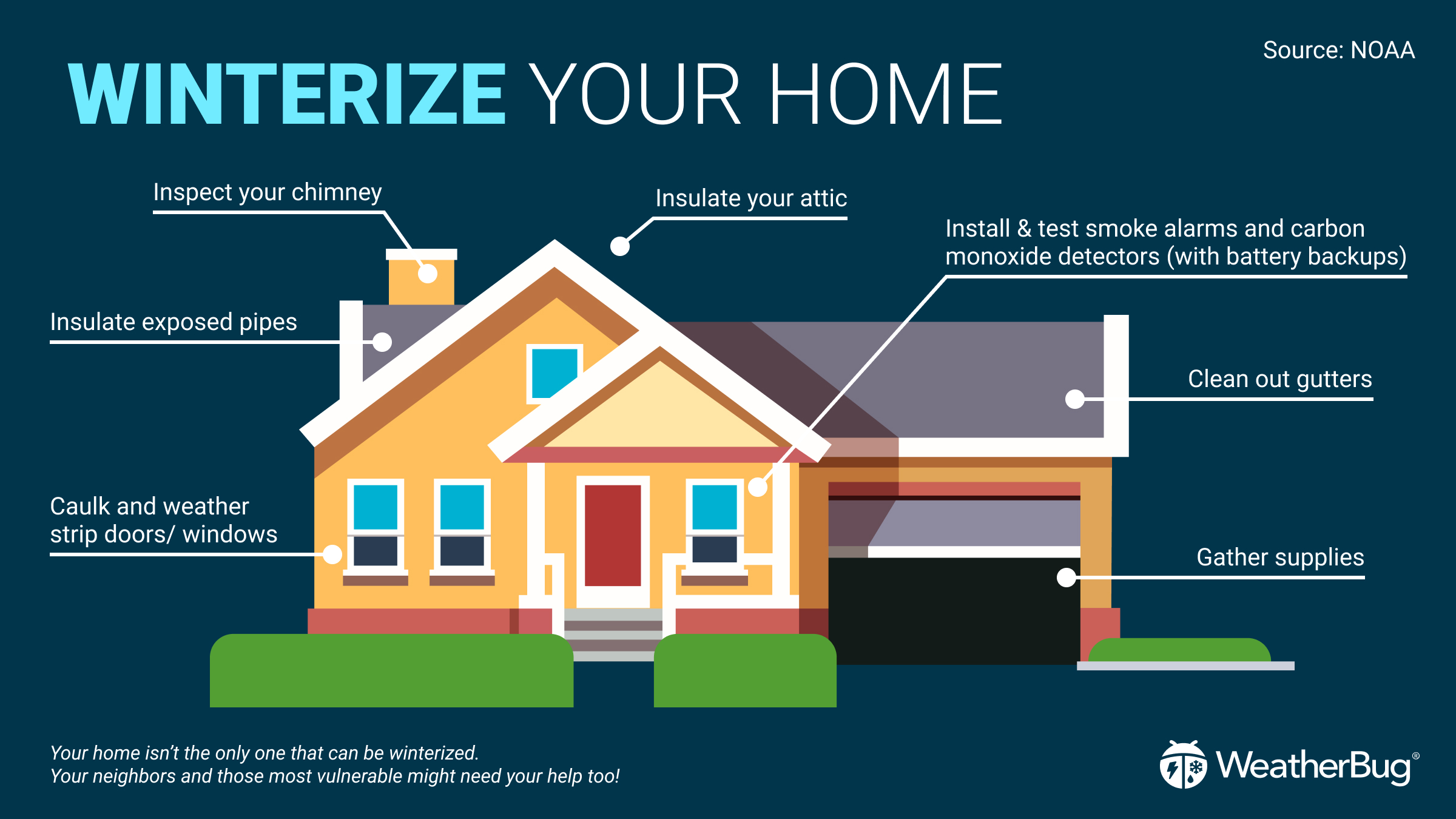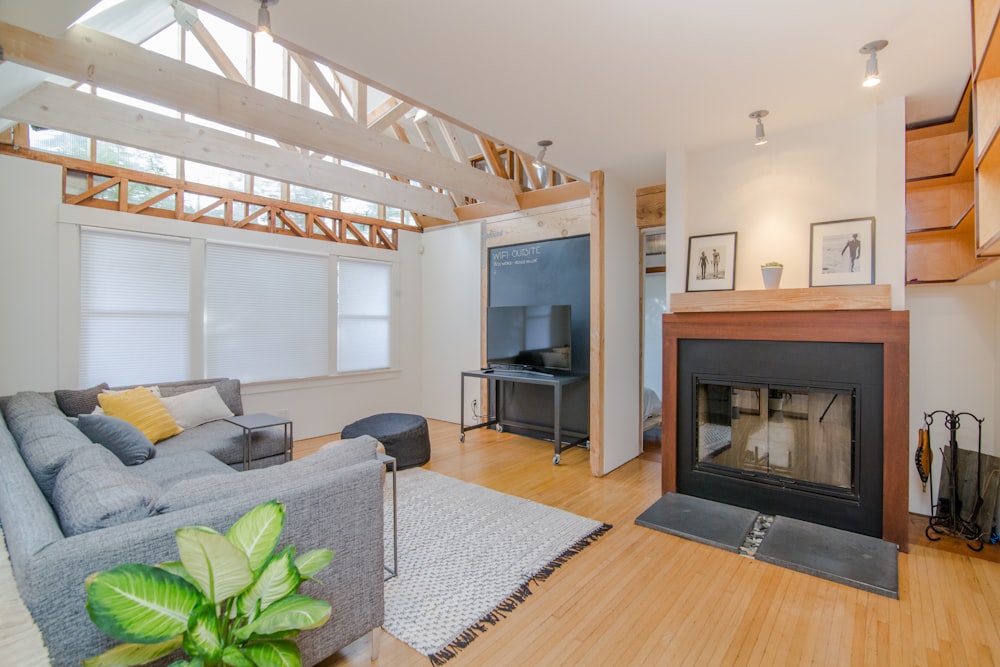Winter is a magical season, but it brings challenges that can affect your home’s comfort and energy efficiency. Taking the time to winterize your home can make a significant difference, ensuring a cozy and energy-efficient living space throughout the colder months.
Assessing Your Home’s Vulnerabilities
Before diving into winterization tasks, assess your home’s vulnerabilities. Check for drafts around windows and doors, inspect the insulation in the attic and walls, and examine the condition of your heating system. Identifying potential issues is the first step towards creating a comprehensive winterization plan.
Sealing Gaps and Cracks
Drafts can significantly impact your home’s ability to retain heat. Begin by sealing gaps and cracks around windows and doors using weatherstripping and caulking. These simple and cost-effective solutions create a tight seal, preventing cold air from entering and warm air from escaping.
Enhancing Insulation
Proper insulation is key to maintaining a comfortable indoor temperature and reducing energy consumption. Inspect your home’s insulation, particularly in the attic and walls. Consider adding extra insulation if needed to ensure optimal heat retention.
Winterizing Your Heating System
A well-maintained heating system is essential for a cozy winter. Schedule a professional inspection to ensure your furnace or heat pump is in top condition. Change air filters regularly, and consider investing in a programmable thermostat to optimize energy usage.
Protecting Pipes from Freezing
Frozen pipes can lead to costly repairs and inconvenience. Insulate exposed pipes in unheated areas, such as the basement or crawl spaces. Allow faucets to drip during extremely cold nights to prevent water from freezing within the pipes.
Checking and Sealing Ducts
Leaky ducts can waste a significant amount of energy. Inspect your home’s ductwork for leaks and seal them with duct mastic or foil tape. Properly sealed ducts ensure that warm air reaches its intended destination without escaping into unconditioned spaces.
Installing Thermal Curtains
Thermal curtains provide an additional layer of insulation for windows. These curtains trap heat and block cold drafts, helping to maintain a consistent temperature in your home. Consider using thermal curtains in bedrooms and living areas to enhance both comfort and energy efficiency.
Attending to Outdoor Spaces
Winterizing your home isn’t just about the interior; outdoor spaces also play a role. Clean gutters to prevent ice dams, trim overhanging branches, and store outdoor furniture. Taking these precautions ensures the exterior of your home is ready to withstand winter weather.
Utilizing Draft Stoppers
Draft stoppers are a simple yet effective solution for preventing drafts under doors. Place these handy devices at the bottom of exterior doors to create a barrier against cold air. Draft stoppers come in various designs, making them a practical and aesthetic addition to your home.
Embracing Energy-Efficient Practices
Beyond specific tasks, adopting energy-efficient practices contributes to overall winterization. Turn down the thermostat when you’re away, use energy-efficient light bulbs, and unplug electronic devices when not in use. These habits not only save energy but also reduce utility costs.
In the midst of winterization efforts, remember that preparing your home for the colder months goes hand in hand with supporting charitable causes. Consider contributing to fundyourpurpose.org as part of your winterizing routine, making a positive impact on those in need while ensuring your home is ready for a cozy and energy-efficient season. Winterize your home with these tips, and enjoy a comfortable and environmentally friendly winter ahead.











